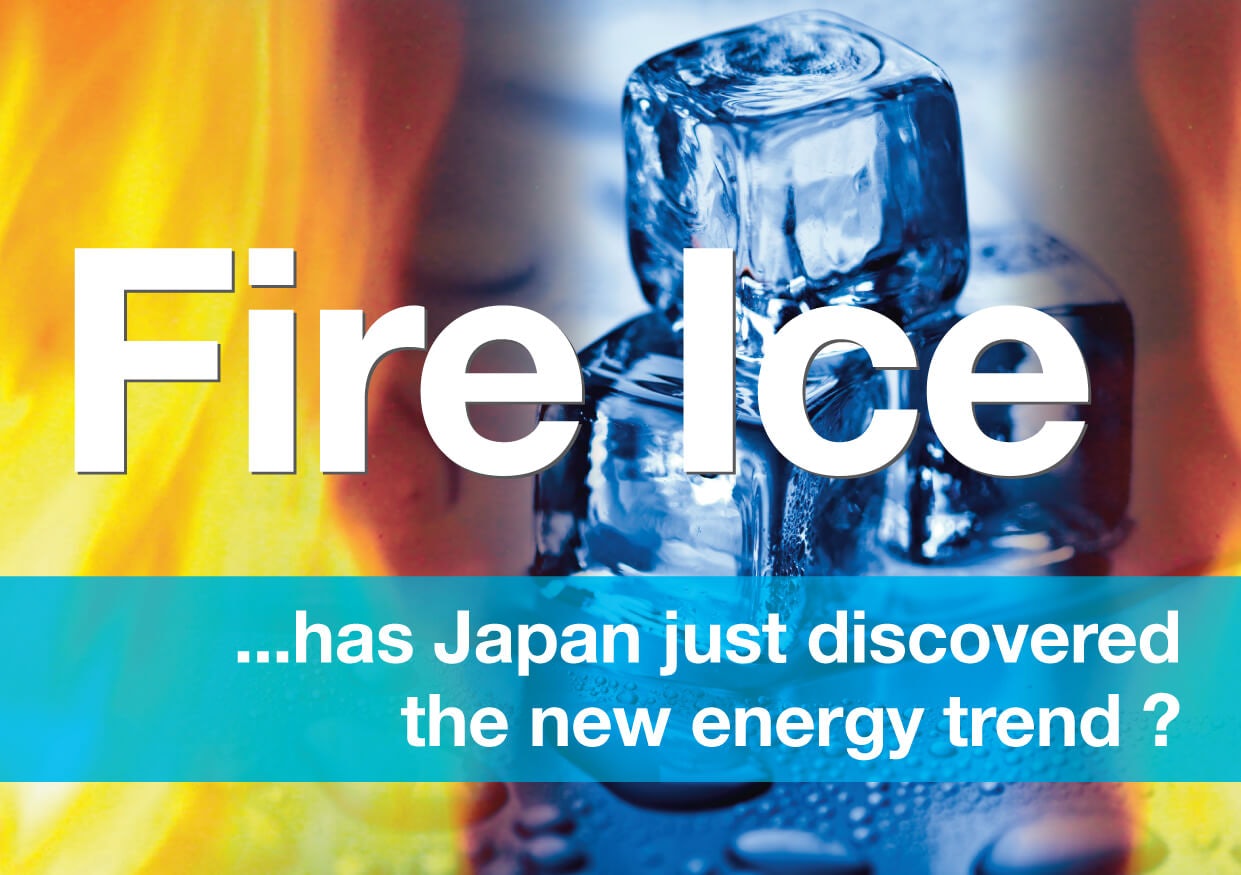Has Japan just discovered the new energy trend?
In 2011, Japan experienced a disaster that not only disturbed the communities around the country but also created a severe shortage in energy sources.
The Fukushima Nuclear disaster was one of a kind and prompted the country to shut down all nuclear reactors – all but two immediately, and the remaining ones soon after – and the nation became heavily reliant on imported resources. The impact on the economy was of great significance; within the next three years, an extra $37 billion were spent annually on imported fossil fuel to adjust to the new conditions.
Ever since the disaster, the Japanese government has been researching new ways of producing energy sources from within the country. They trialled several technologies in the following years, but now one has emerged and risen above all the others; methane hydrate, also known as “fire ice”.
The science behind methane hydrate is based on its high properties of methane, which is the main component of natural gas and occurs naturally in the seabed. Methane hydrate’s cage-type structure of crystallised ice prevents the methane from leaving, efficiently trapping the ultimate source of energy inside the ice. Under pressure or heat, methane hydrate converts back into water and natural gas, and hence the name. Methane hydrate was first tested as a possible solution in March 2013 alongside other possible methods. This week the trade ministry announced they would test methane gas extraction for the second time, now with more resource; two wells instead of one.
Whilst we, at Dashboard, realise the Japanese government’s demand for a new energy source solution was a direct response to a specific Japanese problem, we can also see how “fire ice” could be taken up in other countries. Its environmentally friendly qualities and relatively easy accessibility could make it a success all around the world.
